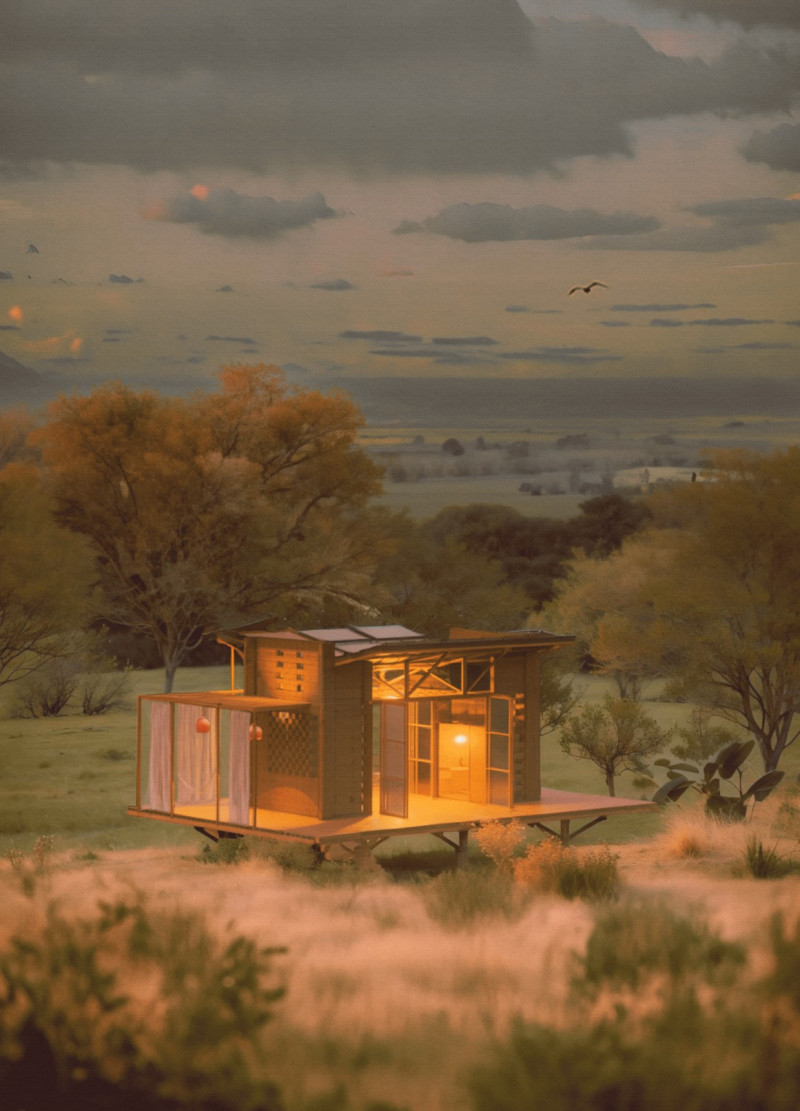5 key facts about this project
From the outset, the project represents a thoughtful dialogue between the built environment and the natural landscape. The design approach emphasizes harmony with the surroundings, ensuring that the architecture does not dominate but rather complements the existing context. This careful consideration enhances the overall experience of the space, allowing a seamless transition between indoor and outdoor realms.
One of the most notable aspects of the project is its innovative use of materials. The architects have selected a palette that combines durability with visual interest, incorporating materials such as concrete, wood, and glass. The concrete structures provide a robust framework, while the wood elements add warmth and texture, softening the overall appearance. Expansive glass facades invite ample natural light, reducing the need for artificial lighting and promoting energy efficiency. This materiality underscores the project’s commitment to sustainable design principles, showcasing how architecture can minimize its ecological footprint while enhancing user comfort.
The spatial organization of the building further amplifies its functional capabilities. Areas are arranged thoughtfully to encourage flow and interaction without compromising privacy where needed. Open-plan spaces facilitate collaboration and communal activities, while designated zones provide quieter environments for individual pursuits. This layout not only enhances usability but also encourages a sense of community among occupants, making it a welcoming environment for a diverse range of users.
Unique design strategies are evident throughout the project, such as the incorporation of green roofs and living walls, which serve both aesthetic and environmental purposes. These features not only increase biodiversity but also contribute to better insulation and stormwater management, reflecting an understanding of the local climate and ecological systems. The architects have also integrated outdoor areas that encourage social engagement, blurring the lines between built and natural environments.
Landscaping plays a crucial role in this architectural narrative. Thoughtfully designed outdoor spaces invite people to gather, relax, and engage with nature, enhancing the building's overall impact on the community. The careful selection of plant species ensures year-round interest and minimizes maintenance, further supporting the project’s sustainable ethos.
In terms of architectural details, the project exhibits a keen attention to craftsmanship. Finishes are chosen not only for their visual appeal but also for their longevity. The interplay of textures and materials creates a sensory experience that enriches the architectural language. Every detail, from the joinery to the fixtures, speaks to a dedication to quality and design integrity.
This project is a testament to the evolving nature of architecture, demonstrating how thoughtful design can enhance functionality while respecting and enriching its surroundings. For those interested in exploring architectural plans, architectural sections, and architectural designs that highlight innovative ideas, reviewing the project presentation will provide deeper insights into this thoughtfully crafted work of architecture. The nuanced details of the design illustrate a profound understanding of both space and context, inviting further exploration of what makes this project a noteworthy addition to contemporary architecture.


























